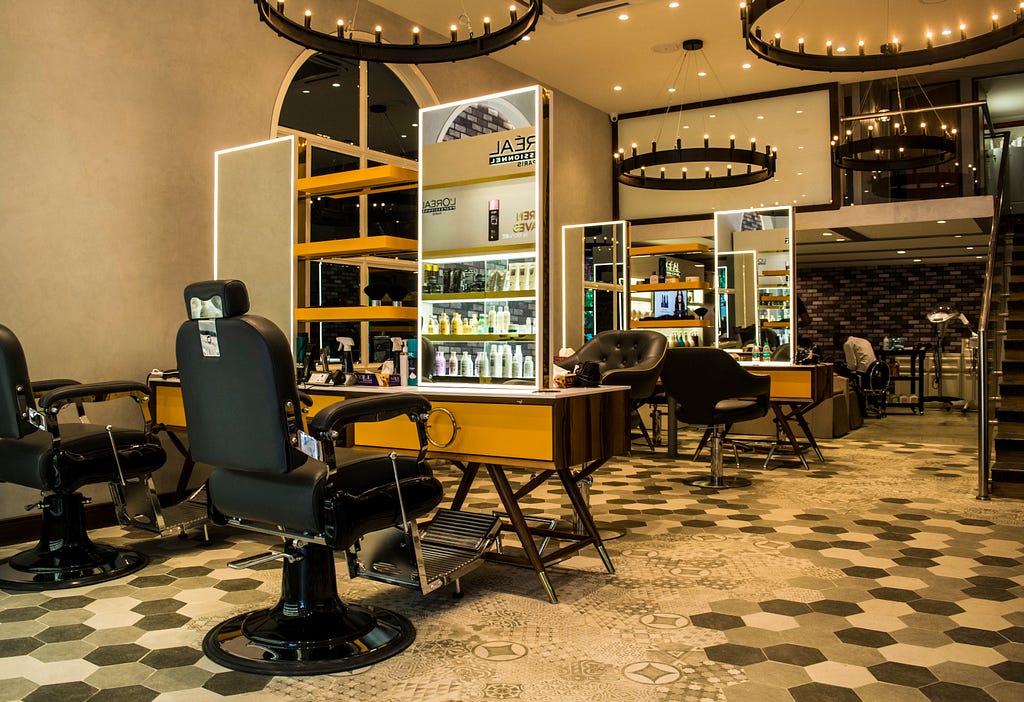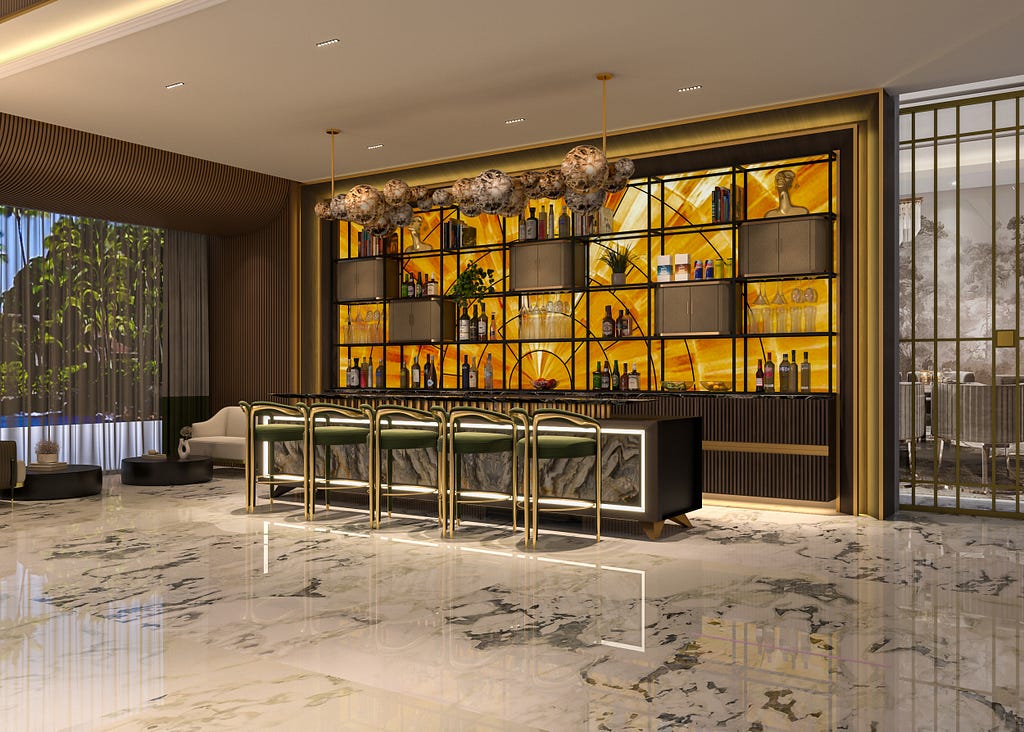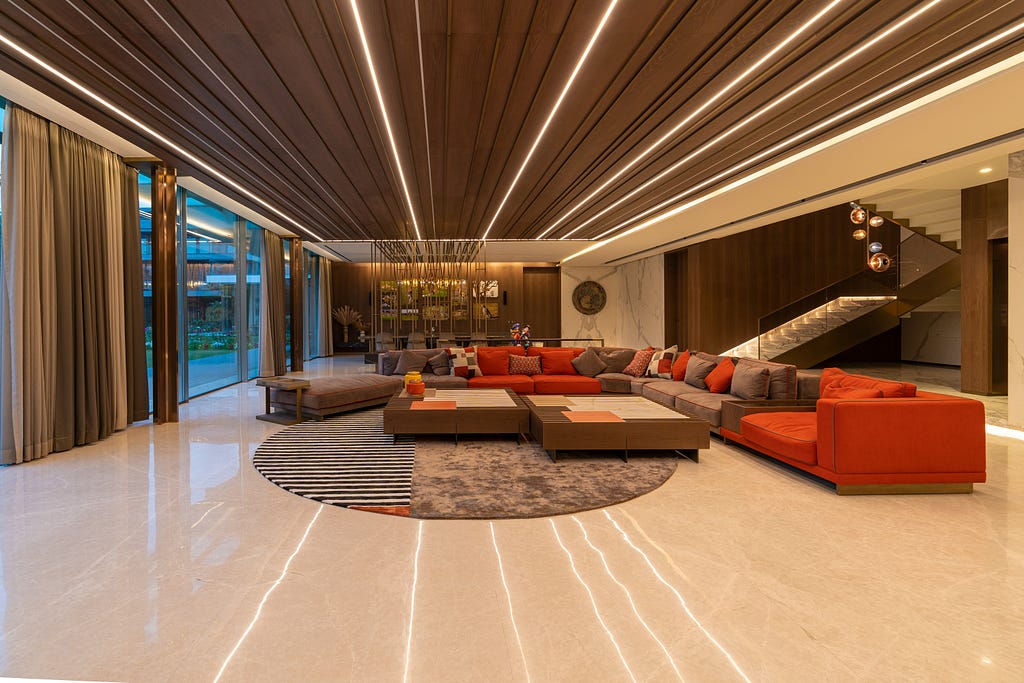Impact of Digital Integration on the retail environment

In recent years, digital integration has profoundly reshaped the retail landscape, altering consumer experiences and the architectural and design frameworks that support these environments. The seamless blend of physical and digital elements, known as ‘phygital’ design, has become critical in crafting modern retail spaces catering to evolving consumer expectations and technological advancements.
The Future is Here: The Transformative Role of Digital Displays
Digital displays have emerged as pivotal tools in enhancing in-store experiences. From interactive screens that provide detailed product information to dynamic visual merchandising that adapts in real-time, these technologies allow retailers to engage with customers innovatively. For architects and designers, this means creating spaces that can accommodate and highlight these digital features without overwhelming the overall aesthetic. Integrating digital displays requires careful consideration of sightlines, lighting, and spatial flow to ensure that technology enhances rather than detracts from the shopping experience.
Smart Fitting Rooms and Personalised Experiences
The advent of smart fitting rooms represents a significant leap in retail design, combining convenience with personalised service. Equipped with sensors and digital mirrors, these spaces allow shoppers to try on clothing virtually, see additional sizes or colours, and receive personalised recommendations. This integration necessitates a thoughtful design approach prioritising user comfort and privacy while ensuring the technology is intuitive and accessible. The architecture of these fitting rooms must support seamless technology installation and maintenance while maintaining a cohesive design language with the rest of the store.
The Power of Data in Design Optimisation
Data analytics play a crucial role in informing design decisions in retail environments. Retailers can optimise store layouts by analysing foot traffic, customer behaviour, and sales patterns to improve product visibility and enhance the shopping journey. This data-driven approach requires a balance between aesthetics and functionality, ensuring that the store layout is visually appealing and efficient in guiding customers through the space. The challenge lies in integrating these insights into the design process while maintaining the creative and experiential aspects of the retail environment.
Omnichannel Integration and Space Planning
The rise of omnichannel retailing has necessitated a reevaluation of space planning within stores. As consumers increasingly blend online and offlinsne shopping experiences, physical stores become multi-functional spaces serving as showrooms, pickup points, and experiential centres. This shift demands flexible and adaptable architectural designs that accommodate various retail activities. Designers must consider factors such as storage space for online orders, areas for in-store events, and digital kiosks for online browsing, all while maintaining a cohesive and inviting atmosphere.
Sustainability and Digital Innovation
Sustainability has become a central consideration in contemporary architecture and design, and digital integration can significantly promote eco-friendly retail practices. These innovations can substantially reduce a store’s environmental footprint, from energy-efficient lighting systems controlled by smart technology to digital signage that minimises the need for printed materials. Architects and designers are increasingly exploring ways to incorporate sustainable technologies into their designs, creating spaces that are not only technologically advanced but also environmentally responsible.
As digital technologies continue to evolve, the future of retail design will likely see even greater integration of digital elements. Virtual and augmented reality, artificial intelligence, and the Internet of Things (IoT) are poised to transform further how retail spaces are designed and experienced. Architects and designers will need to stay abreast of these developments, continually adapting their approaches to create spaces that are both cutting-edge and customer-centric.





















































